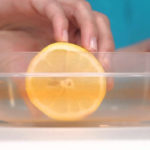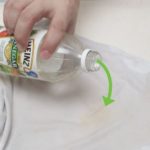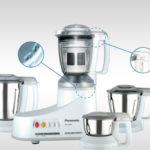Foam mats are commonly used by families with young children as they provide a soft and playful surface for kids to enjoy. However, many people are unsure of how to properly clean and maintain these mats. Don’t worry; we’ve got you covered with a simple guide to keeping your foam mats clean and safe for your little ones.
1 Gather Your Supplies
 Some essential supplies
Some essential supplies
- A vacuum cleaner (or a broom as an alternative)
- Gloves
- Soap
- A soft-bristled brush
- Buckets
- A spray bottle
2 Cleaning Steps
Step 1 Remove Dust and Debris
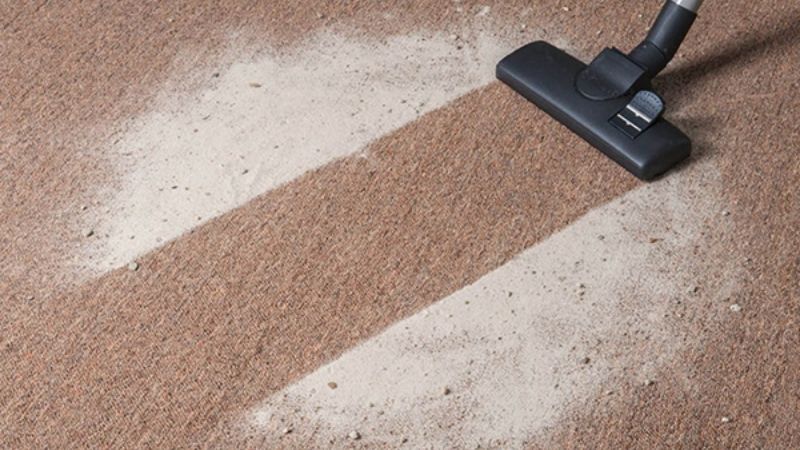 Get rid of dust and dirt from the surface
Get rid of dust and dirt from the surface
Start by giving the mats a good once-over with your vacuum cleaner or broom to remove any loose dirt and debris. Be gentle to avoid scratching or damaging the mats.
Step 2 Dampen the Mats
 Dampen the foam mats with a wet cloth
Dampen the foam mats with a wet cloth
Prepare a cleaning solution by mixing soap with warm water. For stubborn stains, add a little baking soda to the mixture for extra cleaning power. Use a spray bottle to apply the solution to the mats, and let it sit for 5 to 8 minutes to loosen any dirt.
Step 3 Clean the Mats
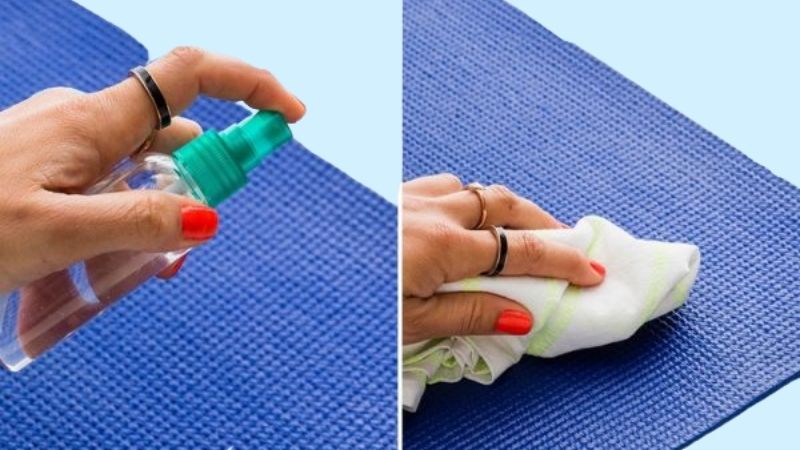 Time to clean the mats
Time to clean the mats
Lay the mats on a flat surface and use a wet cloth to wipe away the dirt. For stubborn stains, use a soft-bristled brush to gently scrub the area. For larger mats, use a mop and warm water to clean the entire surface effectively. Finally, use a scrubber to remove any remaining small stains.
Step 4 Dry the Mats
 Air-dry the mats in a shaded area
Air-dry the mats in a shaded area
For larger mats, you can use a fan to speed up the drying process. For smaller mats, it’s best to air-dry them in a shaded, well-ventilated area, away from direct sunlight. Ensure the mats are completely dry to prevent slipping hazards and the growth of mold or mildew, which can cause unpleasant odors.
3 Tips for Using Foam Mats
When Purchasing Foam Mats
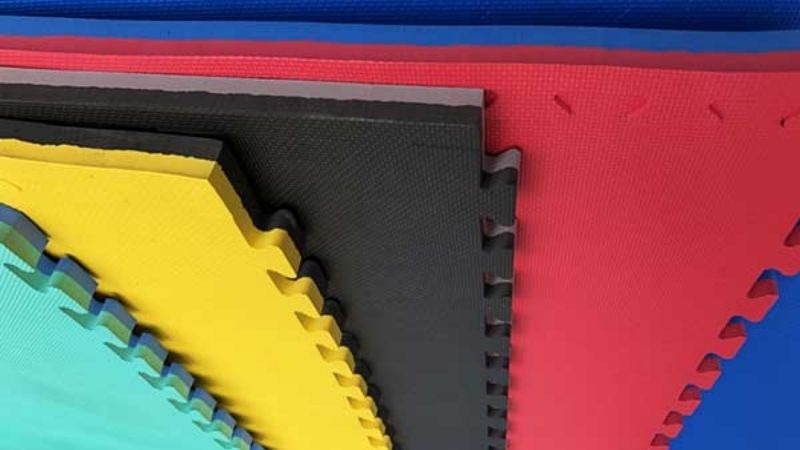 Choose reputable sellers and high-quality mats
Choose reputable sellers and high-quality mats
It’s important to buy from reputable sellers and choose foam mats made from safe, non-toxic materials. Look for mats with a certificate of authenticity to ensure the quality and safety of the product. Cheap, low-quality mats may contain harmful chemicals like lead and mercury, which can pose serious health risks to children.
Opt for mats with surfaces that are printed with non-toxic, odorless, and hypoallergenic inks to protect your child’s sensitive skin.
Using and Storing Foam Mats
 Roll up the mats when not in use
Roll up the mats when not in use
When not in use, roll up the mats and store them in a safe place. For interconnected mat pieces, rolling is better than folding, as folding can leave permanent creases. If you have pets, take extra care to protect the mats from their claws!
Keep the mats away from direct heat sources, as foam can be heat-sensitive and may warp or melt. To prevent slipping, choose mats with a textured underside for better grip.
Cleaning and Maintenance
Avoid exposing foam mats to direct sunlight, as this can cause the material to break down and release harmful chemicals. The underside of the mats can be a breeding ground for bacteria and mold, so be sure to clean it regularly. Frequent cleaning will also prevent musty odors and respiratory issues.
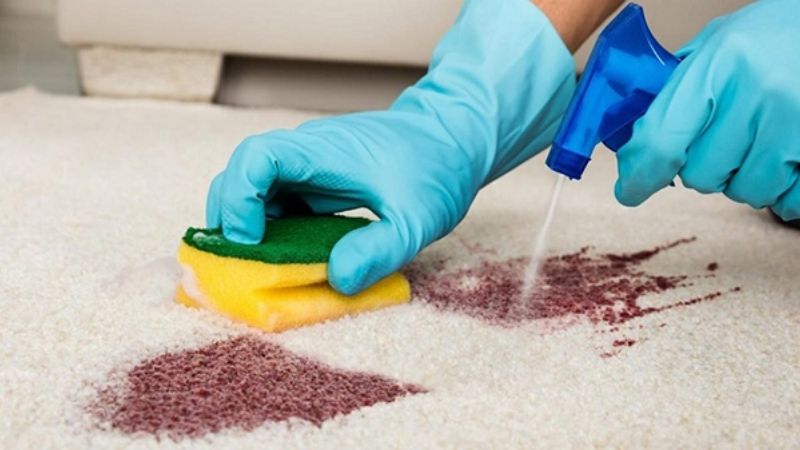 Regular cleaning keeps bacteria and mold at bay
Regular cleaning keeps bacteria and mold at bay
We hope these tips help you keep your foam mats clean and safe for your family’s enjoyment!
Discovering Unusual Ways to Utilize Salt
Table salt: a staple for the kitchen table, and a surprisingly powerful and versatile tool for cleaning, preserving and more! From preventing the discoloration of vegetables to repelling termites to deodorizing shoes, the uses of salt extend far beyond the kitchen.


























